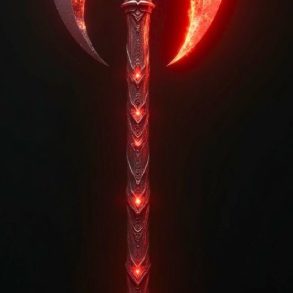Officials from the Lagos State Ministry of Tourism, Arts and Culture, led by the commissioner, Toke Benson-Awoyinka, have sought the patience and understanding of residents of the Iru area of the state, particularly those that would be affected by the ongoing Lagos-Calabar Coastal Road project by the Federal Government.
A statement on Thursday said Benson-Awoyinka made the plea during a stakeholders engagement session held at the palace of the paramount traditional ruler of Iru Land, Oba Abdulwasiu Abisogun II, the Oniru of Iru Land.
The commissioner, who was accompanied by the Permanent Secretary, Oloruntoyin Atekoja, and other top officials of the ministry, noted that the gathering was aimed at discussing the potential impact of the road project on the community and local businesses.
Benson-Awoyinka gave the assurance that proactive measures would be taken by both the federal and the state governments to mitigate the challenges.
She said, “Everything that we have discussed here today will be taken back to the Governor of Lagos State, and whatever needs to be done will be done. We will look into how to get timely compensation for affected persons because the Lagos State Government will not leave the community members to bear any burden that comes with this project alone.”
On his part, Oba Abisogun expressed his gratitude for the engagement and reiterated the importance of maintaining open communication channels between government and the community.
It would be recalled that the Federal Government in March said it had commenced the construction of a 700km Lagos-Calabar coastal highway.
The Minister of Works, David Umahi, disclosed this in a statement issued by his Special Adviser Media, Orji Uchenna, in Abuja.
It came a week after the Federal Executive Council approved a contract worth N1.067tn for the first phase of the highway construction.
The Works minister said the 47.47km dual carriageway had five lanes on each side and a train track in the middle.
Umahi explained that it formed part of the 700km road spanning nine states, with two spurs leading up North, noting that the facility would be constructed with concrete.





